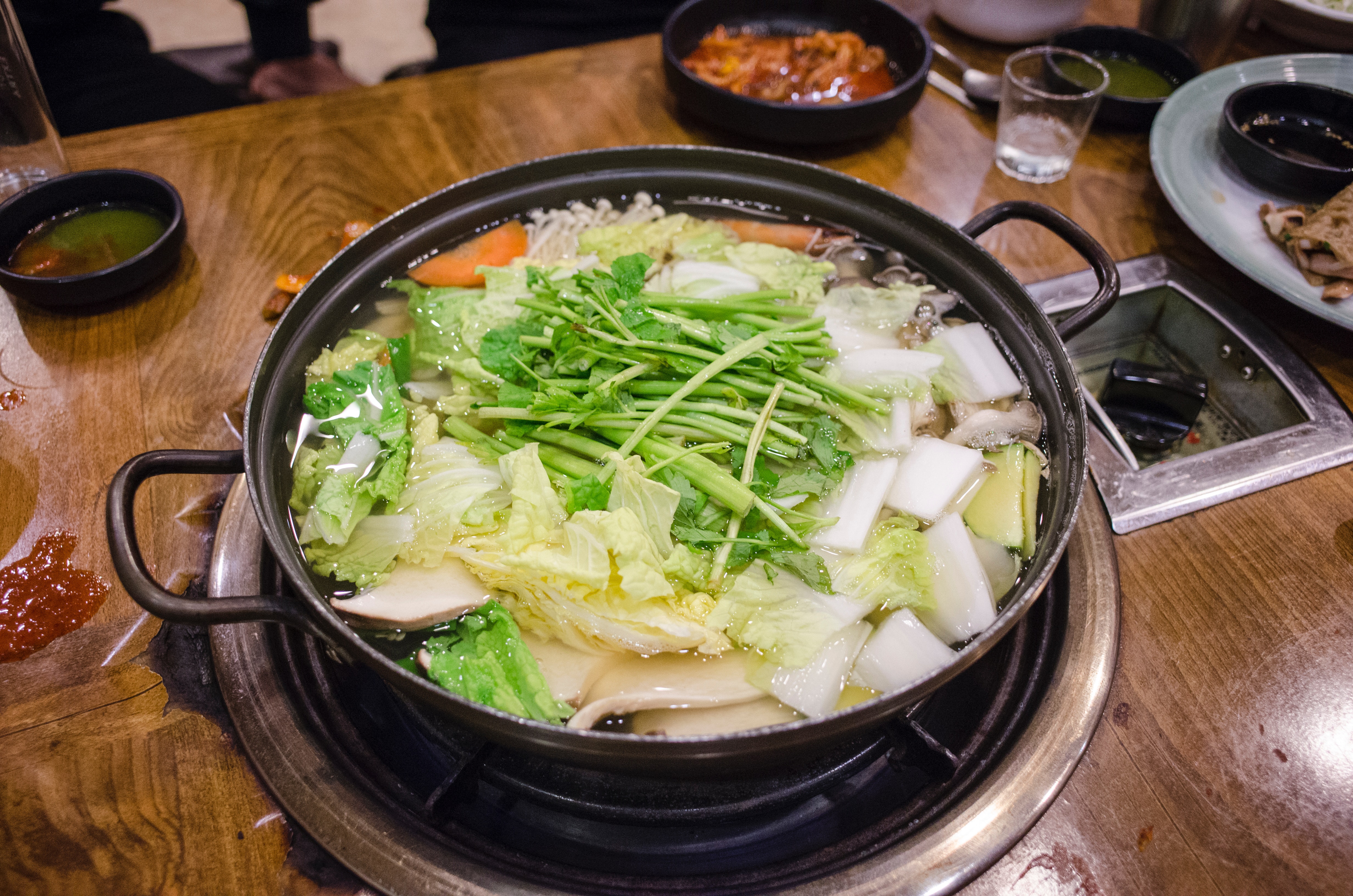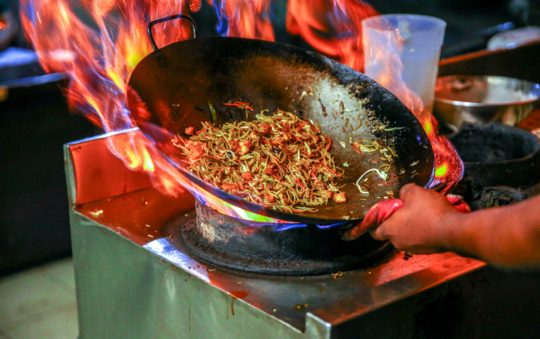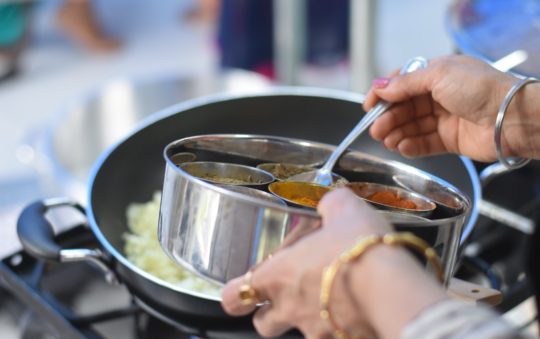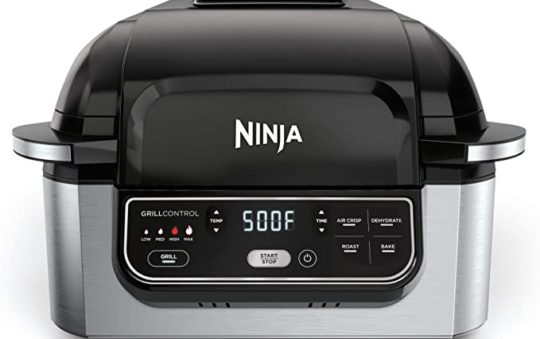Japanese Egg Pan: The Perfect Addition to Your Kitchen
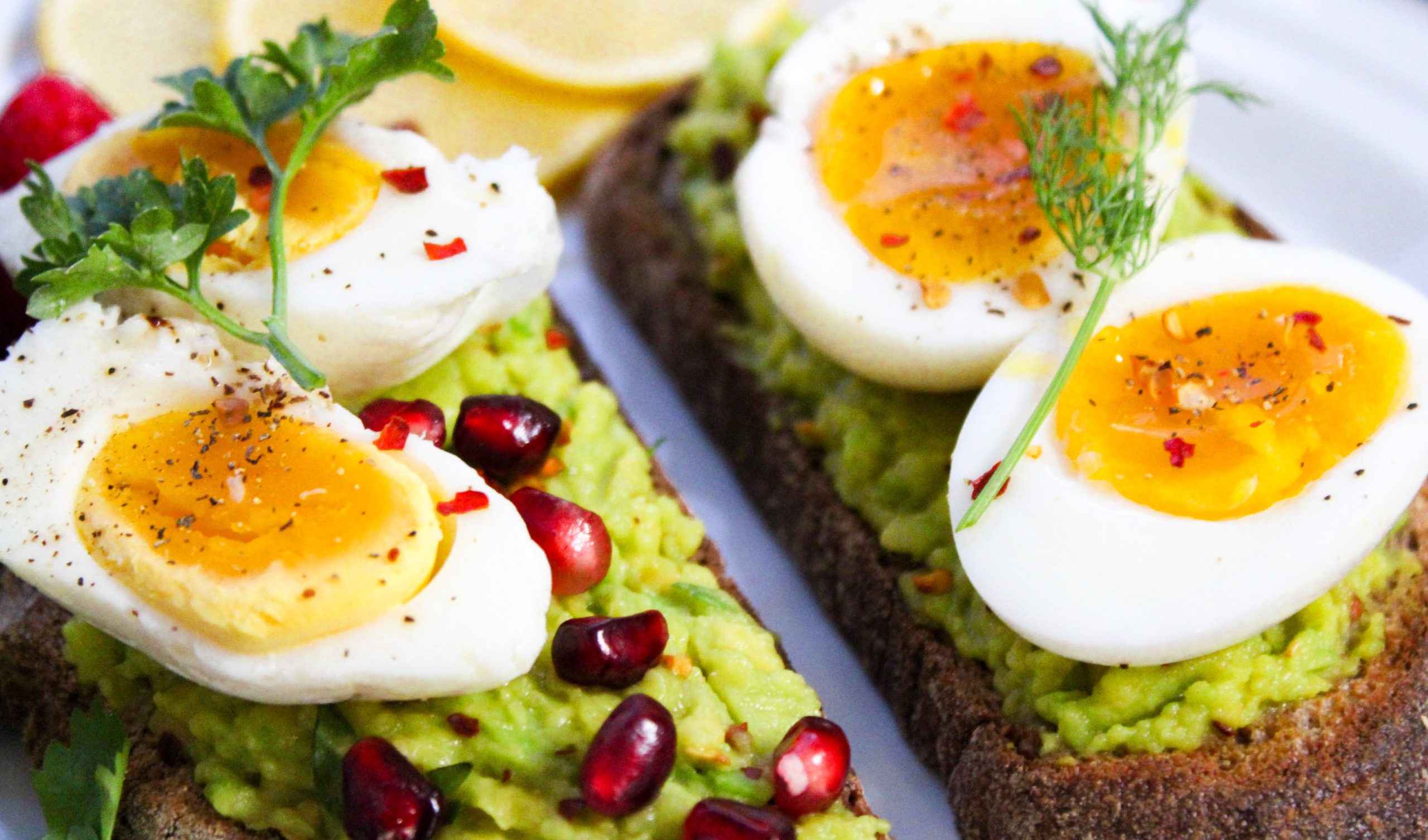
Looking for a new addition to your kitchen that will take your breakfast game to the next level? Look no further than the Japanese egg pan! Also known as tamagoyaki pans, these unique cooking utensils are designed specifically to make the perfect omelet. In this blog, we will take you through everything you need to know about Japanese egg pan, including their features, materials, and different types available on the market. We will also provide a step-by-step guide on how to make the perfect tamagoyaki using your newly acquired pan. Plus, we’ll explore other recipes you can try beyond just omelets. Lastly, we’ll answer some of the most frequently asked questions about Japanese egg pan and help you choose the right one for your kitchen. Get ready to impress your family and friends with your newfound cooking skills!
Understanding the Japanese Egg Pan: An Overview
Discover the unique concept of Tamagoyaki, a staple in Japanese cuisine. Delve into the different shapes and sizes of Japanese egg pans, from square to rectangular options. Explore the materials used in creating these pans, including iron, copper, aluminum, and stainless steel. Understand why a Japanese egg pan is an essential addition to any kitchen cookware collection, thanks to its great non-stick performance. Uncover the secrets behind creating the perfect rolled omelet with a Japanese egg pan, using techniques passed down through generations. From the traditional tamagoyaki pan to modern options available on Amazon, the possibilities are endless.
The Concept of Tamagoyaki
Tamagoyaki, a traditional Japanese omelet, is created by skillfully rolling together layers of seasoned beaten eggs. This delicious dish holds great significance in Japanese cuisine, often appearing in breakfasts and bento boxes. Mastering the art of making tamagoyaki requires specific techniques and skills. The seasoning of soy sauce, sugar, and dashi adds a unique flavor to this omelet. Tamagoyaki can be enjoyed in various ways, either as a standalone dish or as a filling in sushi. Its versatility and delightful taste make it a must-try. Explore the world of tamagoyaki and indulge in its savory goodness.
The Features that Make a Japanese Egg Pan Unique
The unique features of a Japanese egg pan contribute to the perfect cooking of Tamagoyaki. The shape and size are specifically designed to create the ideal rolled omelet. Japanese egg pans come in different material choices, including iron, copper, aluminum, and stainless steel. These materials ensure even heat distribution and provide excellent non-stick performance, making them a great choice for cooking eggs. Whether you’re a beginner or an experienced chef, a Japanese egg pan is ideal for creating delicious Tamagoyaki. To ensure its longevity and performance, proper care and maintenance, such as hand washing and using a paper towel or wooden lid, are essential.
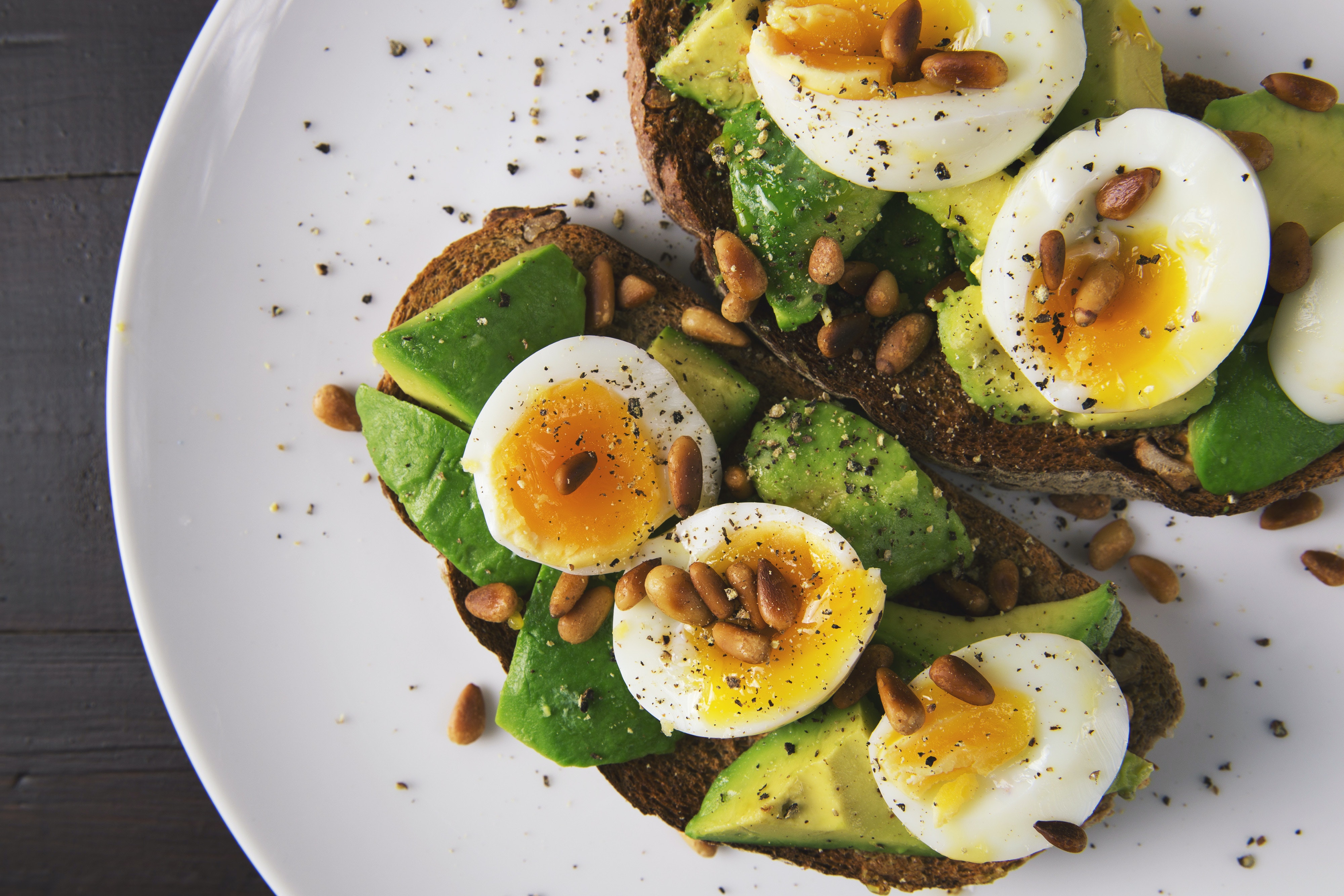
Shape and Size: Why it Matters
The shape and size of a Japanese egg pan play a crucial role in the preparation of Tamagoyaki. The rectangular design allows for easy rolling of the omelet, creating those distinctive layers. Japanese egg pans come in various sizes, catering to individual portions or larger family-sized pans. It’s important to consider the pan’s shape and size as it can affect the cooking time and overall outcome of Tamagoyaki. Additionally, square-shaped Japanese egg pans offer the versatility to make pancakes and omelets. Finding the right pan size that suits your cooking preferences and kitchen space is essential for perfecting your Tamagoyaki technique.
Material Choices: Iron, Copper, Aluminum, and Stainless Steel
When it comes to Japanese egg pans, you have a variety of material choices to consider. Iron pans are known for their exceptional heat retention and durability, providing consistent cooking results. Copper tamagoyaki pans offer superior heat conductivity, allowing for precise control over the cooking process. Aluminum Japanese egg pans are lightweight and provide fast, even heating, making them a popular choice among home cooks. Stainless steel pans with a non-stick coating offer easy cleanup and are compatible with induction cooktops. Each material option has its own pros and cons, so it’s important to explore and consider your specific needs before making a decision.
Exploring Various Japanese Egg Pans
Discover a range of Japanese egg pans that will elevate your omelette-making experience. The TeChef Japanese Omelette Pan offers a non-stick surface and a stainless steel base for even heat distribution. For an authentic Tamagoyaki, the Iwachu Iron Japanese Omelette Pan is a classic and durable choice. If you prefer a traditional touch, consider the ROCKURWOK Japanese Omelette Pan with its wooden handle and lid. Beginners will appreciate the easy-to-clean surface of the MyLifeUNIT Non-Stick Japanese Omelette Pan. Compare the features and benefits of these different pans to find the one that suits your cooking style.
TeChef – Japanese Omelette Pan
TeChef presents a Japanese omelette pan featuring a stainless steel base for efficient heat distribution. The pan boasts a non-stick coating, ensuring easy cooking and cleanup. It is compatible with induction cooktops, offering versatility in the kitchen. Designed with straight sides, this TeChef pan is perfect for creating perfectly rolled Tamagoyaki. Crafted with durability and quality in mind, it can withstand regular use. With the TeChef Japanese omelette pan, you’ll have a reliable tool to enhance your culinary adventures. Explore the possibilities of this pan, from making fluffy omelettes to crafting exquisite Japanese-style dishes.
Iwachu Iron Japanese Omelette Pan
The Iwachu Iron Japanese Omelette Pan is a classic choice for cooking authentic Tamagoyaki. With its excellent heat retention and even cooking, this iron pan offers several benefits. Handcrafted in Japan, it showcases traditional design and craftsmanship. To maintain the pan’s non-stick properties, proper care and seasoning are necessary. When using the Iwachu pan, you’ll experience the joy of cooking with a high-quality and long-lasting kitchen tool. So, if you’re looking for the best tamagoyaki pan, consider the Iwachu Iron Japanese Omelette Pan. Its unique features and great non-stick performance make it an ideal addition to your kitchen arsenal.
ROCKURWOK Japanese Omelette Pan
ROCKURWOK presents an authentic Japanese omelette pan with a wooden handle and lid, offering a traditional cooking experience. Its unique square shape adds versatility, making it suitable for creating pancakes and omelets as well. The pan’s durable construction is designed to withstand high heat and regular use. The wooden handle and lid not only provide a comfortable grip but also aid in heat retention. With the ROCKURWOK Japanese Omelette Pan, you can explore the art of creating delicious Tamagoyaki. It is the perfect addition to your kitchen, ensuring a great non-stick performance and easy hand washing. Enhance your culinary skills with this top-notch pan from ROCKURWOK.
MyLifeUNIT Non-Stick Japanese Omelette Pan
MyLifeUNIT offers an easy-to-use nonstick Japanese omelette pan, perfect for beginners and anyone looking for hassle-free cooking and cleanup. The convenient size and design of this pan make it ideal for preparing individual portions of Tamagoyaki, the traditional Japanese rolled omelette. The MyLifeUNIT pan is compatible with gas stoves, ensuring efficient heat distribution for even cooking. Not only is it great for making Tamagoyaki, but it’s also versatile enough to prepare other delicious dishes. Additionally, the MyLifeUNIT Japanese Omelette Pan features a durable and long-lasting nonstick coating that allows for easy release of food and effortless cleaning.
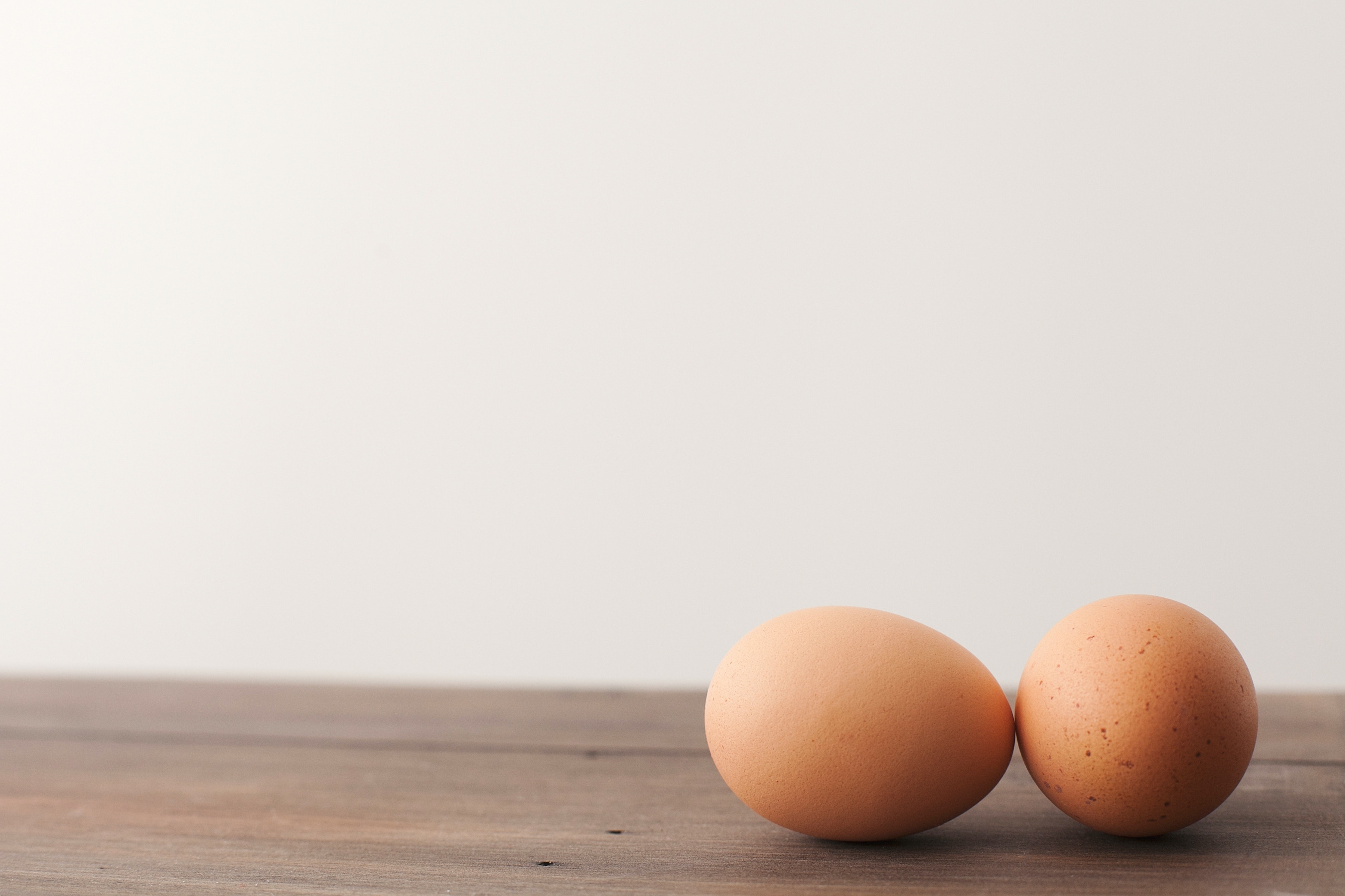
Making the Perfect Tamagoyaki: A Step-by-Step Guide
To make the perfect tamagoyaki, start by beating the eggs and adding your desired seasonings to ensure a flavorful omelette. Next, heat a tamagoyaki pan on medium-low heat and coat it with oil, ensuring a nonstick surface for easy cooking. Then, pour a thin layer of the egg mixture into the pan and roll it up tightly using a spatula. Continue this process, layering the rolled omelets until you achieve the desired thickness. Once cooked, slice the tamagoyaki and serve it as a delicious and traditional Japanese omelette. Enjoy the fusion of flavors and textures in every bite!
Is a Japanese Egg Pan Really Worth It?
Japanese egg pans are definitely worth it! With their even heat distribution, non-stick coating, and rectangular shape, they make perfect omelets and roll tamagoyaki easily. Made with durable materials like stainless steel or cast iron, investing in a high-quality Japanese egg pan is a must for authentic tamagoyaki.
Comparing the Japanese Egg Pan with Regular Frying Pans
Japanese egg pans and regular frying pans have distinct differences in their design. The Japanese egg pan features straight sides and a rectangular shape, specifically tailored for making tamagoyaki. On the other hand, regular frying pans have sloped sides and a circular shape, making them versatile for various cooking methods. While Japanese egg pans excel at creating the perfect tamagoyaki, regular frying pans offer greater flexibility for everyday cooking tasks. Both types of pans have their own unique features and benefits, so it ultimately comes down to personal preference and specific cooking needs. Whether you’re preparing a traditional tamagoyaki or whipping up a stir-fry, choosing the right pan is key to achieving delicious results.
Other Uses of a Japanese Egg Pan
Japanese egg pans offer more than just the perfect tamagoyaki. Their versatility extends to other culinary delights as well. These pans are excellent for making fluffy pancakes and tasty omelets. With their small size, they are ideal for frying individual portions of food. Whether it’s a quick breakfast or a brunch treat, a Japanese egg pan is perfect for cooking individual portions. You can even use them to whip up mini frittatas or delicious egg muffins. And if you’re in the mood for some seared meat or seafood, the Japanese egg pan has got you covered. Its nonstick surface ensures easy cooking and cleaning. So go ahead and explore the many culinary possibilities with a Japanese egg pan.
Beyond Tamagoyaki: Diverse Recipes You Can Try
Enhance your culinary repertoire with the versatility of a Japanese egg pan. Take your breakfast game to the next level by using this specialized pan to create fluffy scrambled eggs that will melt in your mouth. For a taste of Korea, try making rolled omelets with the perfect texture and presentation. Expand your horizons further by preparing a delicious Spanish tortilla, complete with potatoes and onions. And if you’re in the mood for something sweet or savory, the Japanese egg pan is perfect for making individual-sized crepes or blinis, ready to be filled with your favorite ingredients. Lastly, explore the art of French-style omelets, all made possible with the help of a Japanese egg pan. Embrace the possibilities and elevate your cooking experience today.
Maintaining Your Japanese Egg Pan: Care and Cleaning Tips
To ensure the longevity of your Japanese egg pan, proper care and cleaning are essential. Start by hand washing your pan with mild soap and warm water. Avoid using abrasive scrubbers that can damage the nonstick coating. After washing, be sure to dry the pan thoroughly to prevent rust. When it comes to storage, choose a cool and dry place to maintain its quality. And don’t forget to follow the manufacturer’s instructions for specific care guidelines. By taking these simple steps, you can keep your Japanese egg pan in great condition for many delicious meals to come.
Ensuring Longevity: Do’s and Don’ts
To ensure the longevity of your Japanese egg pan, there are a few do’s and don’ts to keep in mind. Firstly, use wooden or silicone utensils when cooking to prevent scratching the nonstick surface. Additionally, it’s important to preheat the pan on low heat before adding any ingredients. On the other hand, avoid using high heat as it can damage the nonstick coating. When it comes to cleaning, hand wash the pan with mild soap and warm water, as dishwashers can be too harsh. Lastly, refrain from stacking heavy objects on top of the pan to avoid deformation. By following these simple tips, you can enjoy your Japanese egg pan for years to come.
What’s the difference between a Tamagoyaki Pan and a Tamago Pan?
Tamagoyaki pans are specifically designed for making rolled omelets, while Tamago pans refer to regular frying pans used for cooking eggs. The rectangular shape and straight sides of a Tamagoyaki pan cater to the rolling technique, whereas the circular shape and sloped sides of a Tamago pan are more suitable for traditional frying.
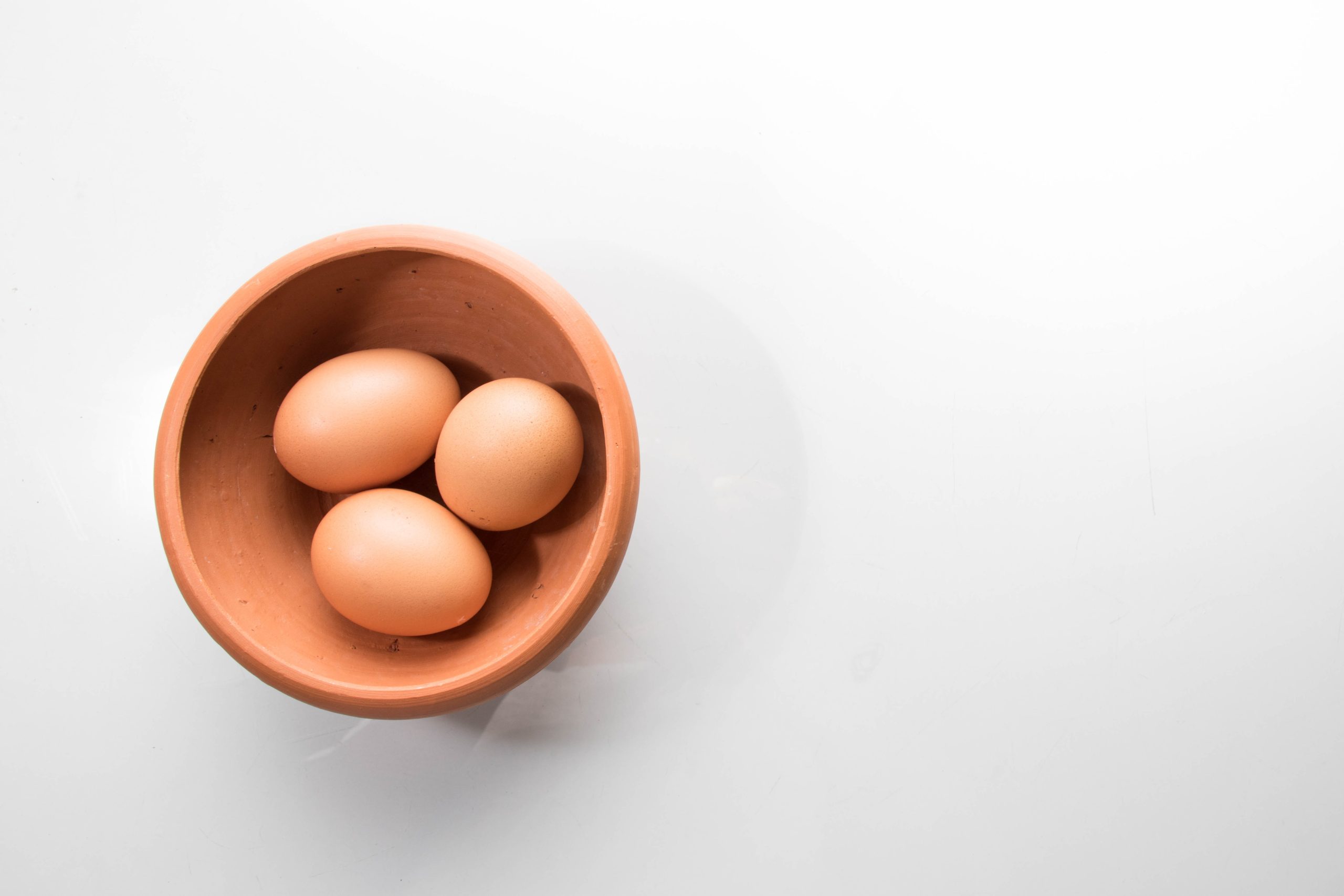
How to Choose the Right Japanese Egg Pan for Your Kitchen?
Considering a few key factors can help you choose the perfect Japanese egg pan for your kitchen. Look for materials like stainless steel or cast iron, a non-stick coating for easy cooking and cleaning, a suitable size (around 7-8 inches), compatibility with your stovetop, and positive customer reviews for quality and durability.
Can Tamagoyaki be Made in a Regular Frying Pan?
Yes, tamagoyaki can be made in a regular frying pan. However, achieving the desired rectangular shape may be challenging. The even heat distribution provided by a dedicated tamagoyaki pan will make the process easier and yield better results. Investing in a tamagoyaki pan is recommended for authentic results.
Frequently Asked Questions
What is a Japanese egg pan called?
Japanese egg pans are commonly known as tamagoyaki pans. These rectangular pans, usually made of non-stick material, are specifically designed for making tamagoyaki – a delicious rolled omelette. With their unique shape and functionality, tamagoyaki pans have become a popular kitchen tool in Japan and are gaining popularity worldwide.
Conclusion
To sum it up, a Japanese egg pan is a valuable addition to any kitchen, especially if you enjoy making tamagoyaki and other Japanese-style omelettes. Its unique shape and size, along with the material choices available, make it stand out from regular frying pans. Whether you’re a professional chef or just a home cook looking to elevate your breakfast game, investing in a Japanese egg pan is definitely worth it. Not only can you make perfect tamagoyaki, but you can also explore other delicious recipes and take your culinary skills to the next level. Just remember to follow the care and cleaning tips to ensure the longevity of your pan. With so many options available, make sure to choose the right Japanese egg pan that suits your needs and preferences. So go ahead, get yourself a Japanese egg pan and embark on a flavorful journey in your kitchen!





